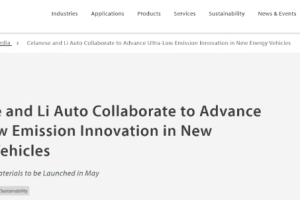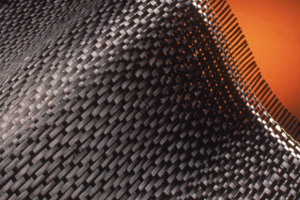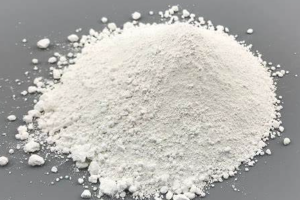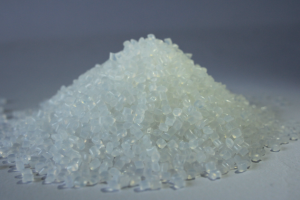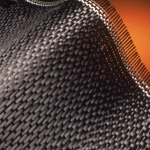May 7, 2025 – A significant breakthrough has emerged in the technology of new energy vehicle interior materials. On April 29, Celanese, a global chemical materials giant, and Li Auto, a renowned new energy vehicle brand, announced a major collaboration. The two parties revealed that they will jointly launch an innovative ultra – low emission material, Hostaform® POM XAP3, in May. The introduction of this material is expected to set a new benchmark for the interior environmental protection standards of the automotive industry.

Hostaform® POM XAP3, leveraging its leading technological advantages, is designed to tackle the issue of in – car air quality. Notably, its formaldehyde emission is a staggering 90% lower than the current industry mainstream level. In the future, this advanced material will be applied to the cockpit components of Li Auto’s upcoming new models, ensuring the health and comfort of drivers and passengers from the source. Developed on Celanese’s third – generation low – emission technology platform, this material showcases the company’s continuous exploration and innovation in material performance optimization and quality enhancement. By deeply integrating materials science with automotive design concepts, Celanese and Li Auto are working together to improve the passenger travel experience.
As AsiaMB has learned, this cooperation is not only the result of complementary advantages between the two parties but also a crucial step in Celanese’s business expansion in the new energy vehicle sector. With the booming development of the new energy vehicle market, consumers’ demands for in – car environmental quality are increasingly growing. Relying on its profound technical expertise in chemical materials, Celanese, in partnership with Li Auto, has introduced this ultra – low emission material. This move is expected to lead the industry in redefining in – car air quality standards and also provides new ideas and directions for other enterprises in the environmental upgrade of automotive materials. The actual performance of this material in application and its impact on the new energy vehicle interior materials market will be worthy of continuous attention from the industry.


